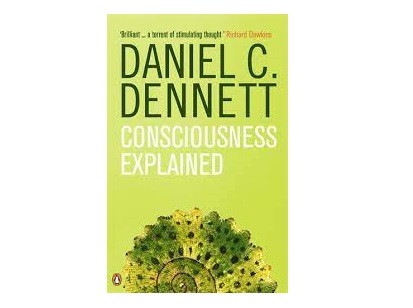Dennett initiates his exploration into understanding consciousness with a captivating question: are our brains in a vat?
And he asks us to consider this: what if we were plugged into a supercomputer that helps us understand our experience of consciousness?
Hallucinations do not differ in perception for those experiencing them. Could all consciousness be akin to this, where some individuals perceive hallucinations as reality?
René Descartes, as Dennett explains, posed a similar question. However, in contrast to Dennett, Descartes inquired whether we are being manipulated by a demon as a possible explanation for the complexity of our mental experiences. One answer Dennett gives is that our brain, this powerful computer, must be as complex as the reality we experience to simulate it in such detail. Dennett’s book, like the brain, surpasses my own brief overview of the topic in richness and complexity.
In the first chapter, Dennett poses an intriguing question: “What is the difference between love and an earthquake?” This query sheds light on a crucial aspect of understanding human consciousness. While an earthquake remains unaffected by our thoughts, love is profoundly influenced by them. Dennett engages the reader’s mind and emotions by exploring complex issues. He shares his experience of love, acknowledging that at his age and intellectual complexity, falling in love anew might be beyond his grasp. Comparably, when we listen to music and observe sunlight on a tree, the subjective experience varies widely. Can we distil these feelings into the circuits and electrical signals of the brain? Can machines equipped with human-like capacities for flavour and smell replace sommeliers?
Dennett delves into brain-mind duality in the first chapter, summarising historical views of the mind as separate from the brain. While Dennett rejects dualism, he acknowledges the challenge of bridging between the mind and the brain.
Read more on this series:
The architecture of the human mind


0 Comments